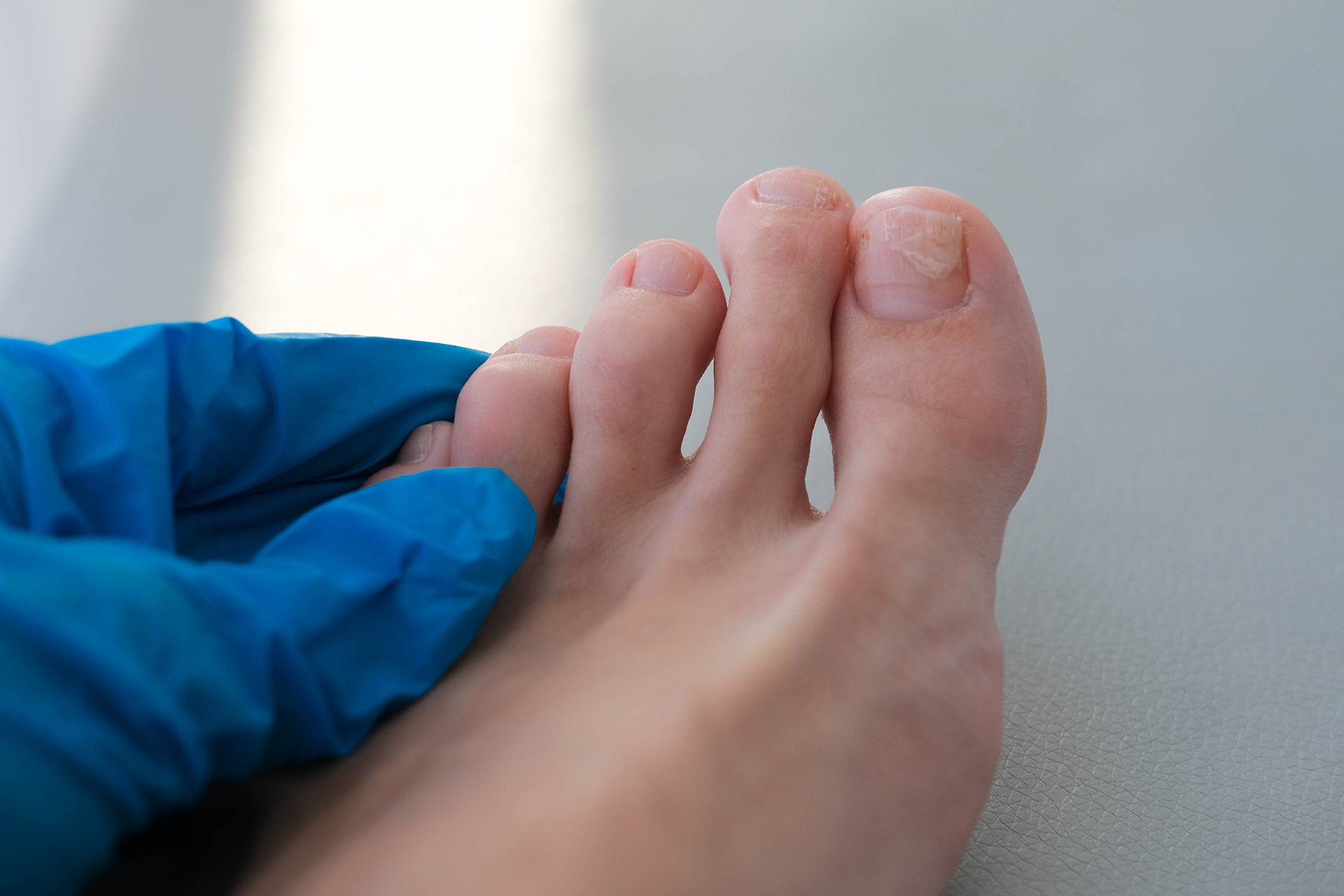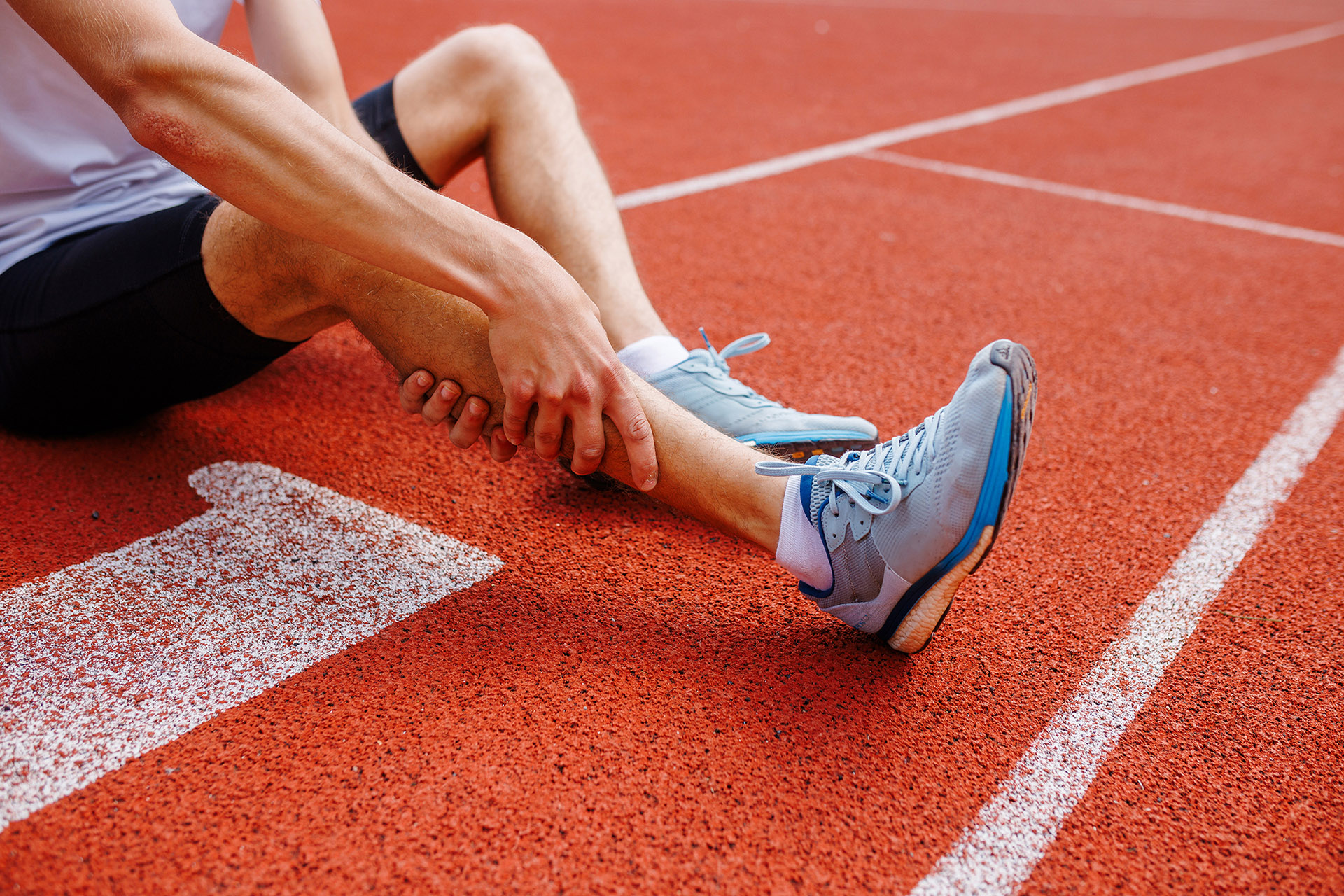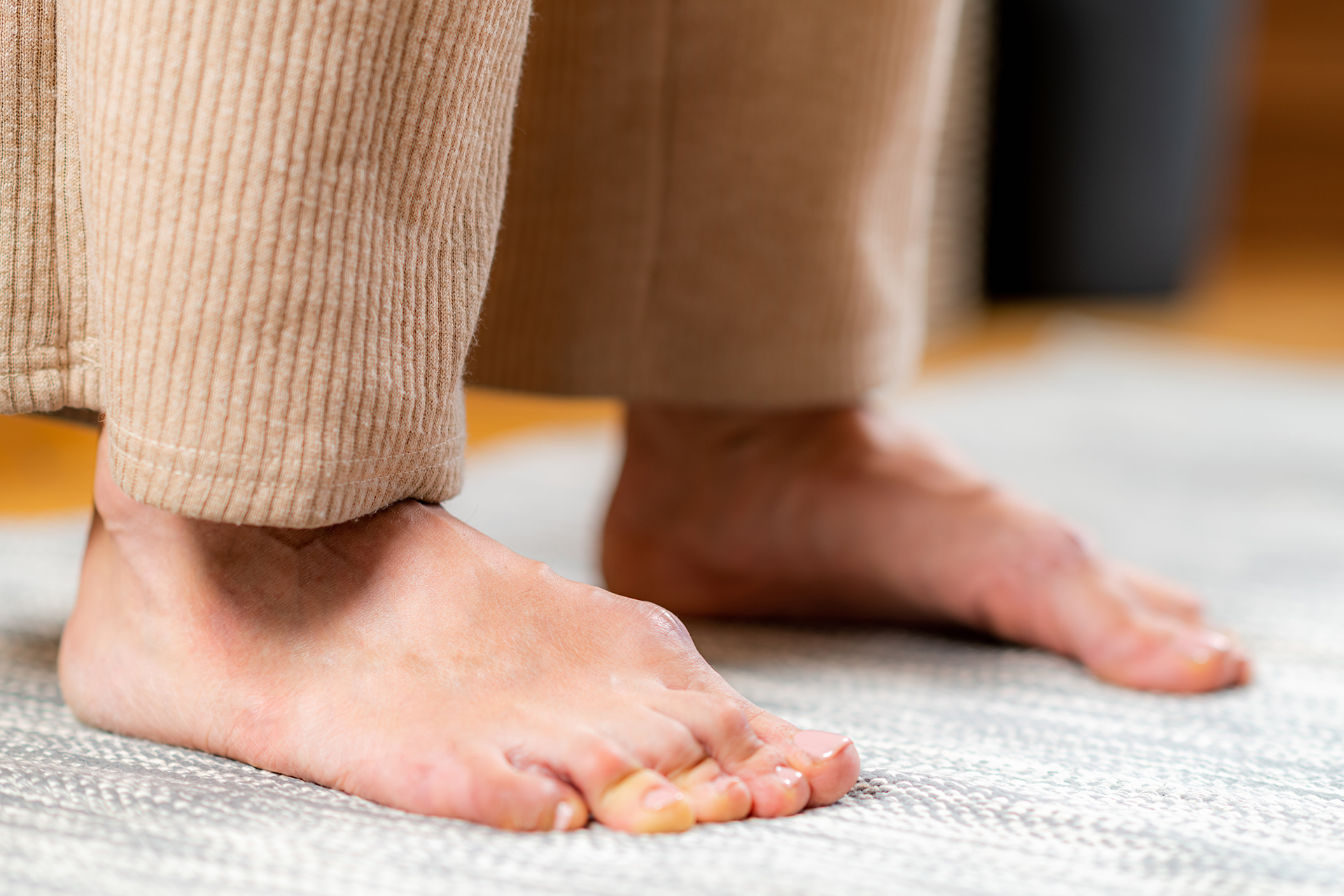What Is Morton’s Toe?
Morton’s toe is a structural condition where the first metatarsal bone is shorter than the second, resulting in a longer second toe. If this applies to you and you’re wondering, “Is Morton’s toe rare?” don’t worry; it’s estimated that up to 20-30% of the population may have some degree of this condition.
At first glance, Morton’s toe may seem like a simple quirk of foot anatomy. It is just a longer second toe, after all. However, for many runners and athletes, this seemingly minor difference can lead to a cascade of problems, ranging from persistent foot pain and altered gait mechanics to more serious musculoskeletal strains.
Understanding the potential problems and recognising how podiatric intervention can help is key to achieving long-term relief and optimising performance for people with Morton’s toe.
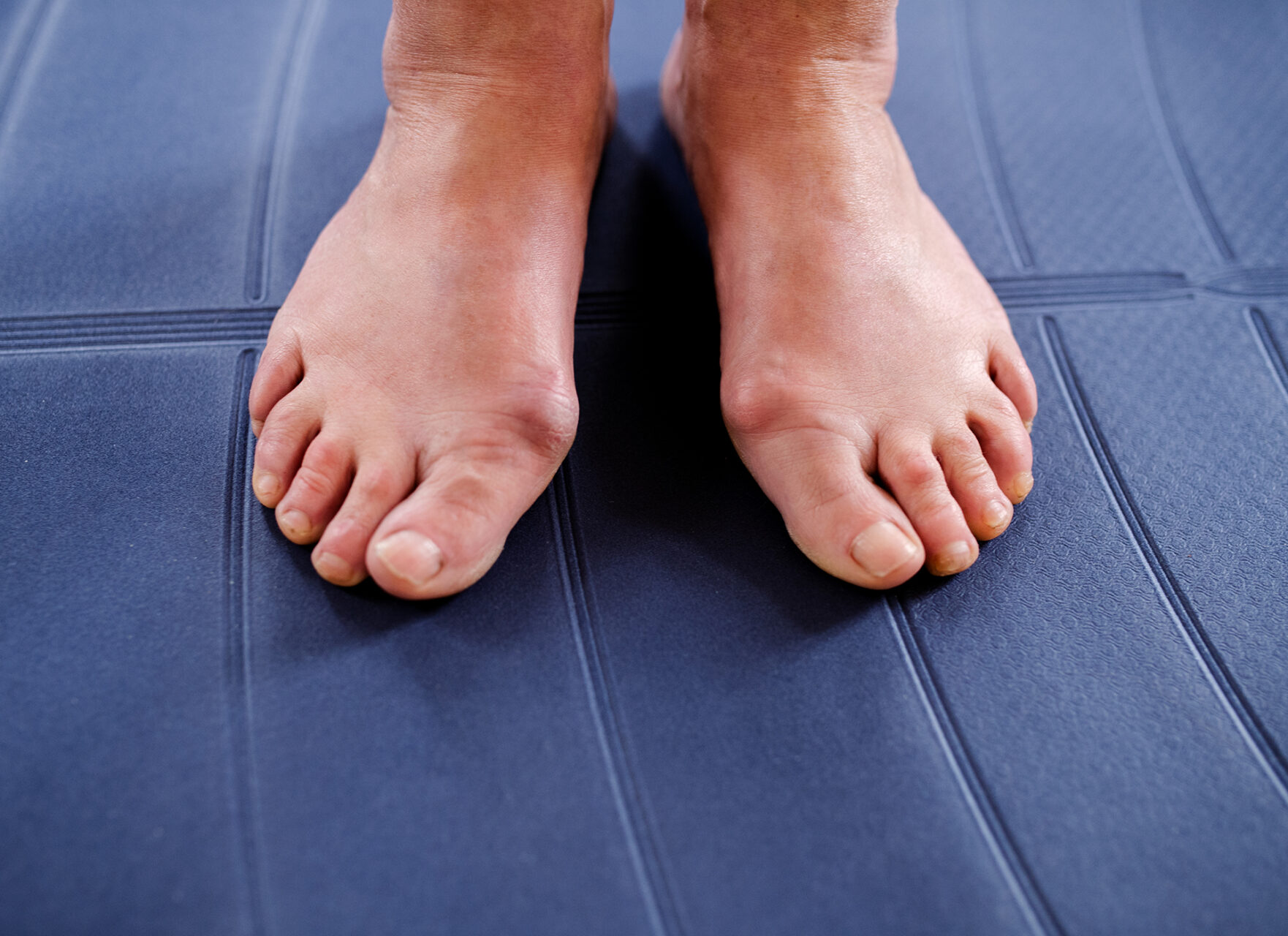
Why Does Morton’s Toe Occur?
Morton’s toe, also known as Morton’s foot or Greek foot, is characterised by a second toe that appears longer than the big toe. This occurs due to a shorter first metatarsal bone, often resulting from early closure of the growth plate, a condition that may be congenital or develop over time.
This anatomical variation in the metatarsal bones and toe bones can affect foot shape, weight distribution and lead to various foot problems. Significantly affecting how weight is distributed across the structure of your foot, the second toe and its corresponding metatarsal head take on more stress, particularly shifting pressure to the second toe, rather than the big toe handling the bulk of the load during walking or running. Over time, this altered biomechanics of your foot can lead to a host of problems, especially in active individuals.
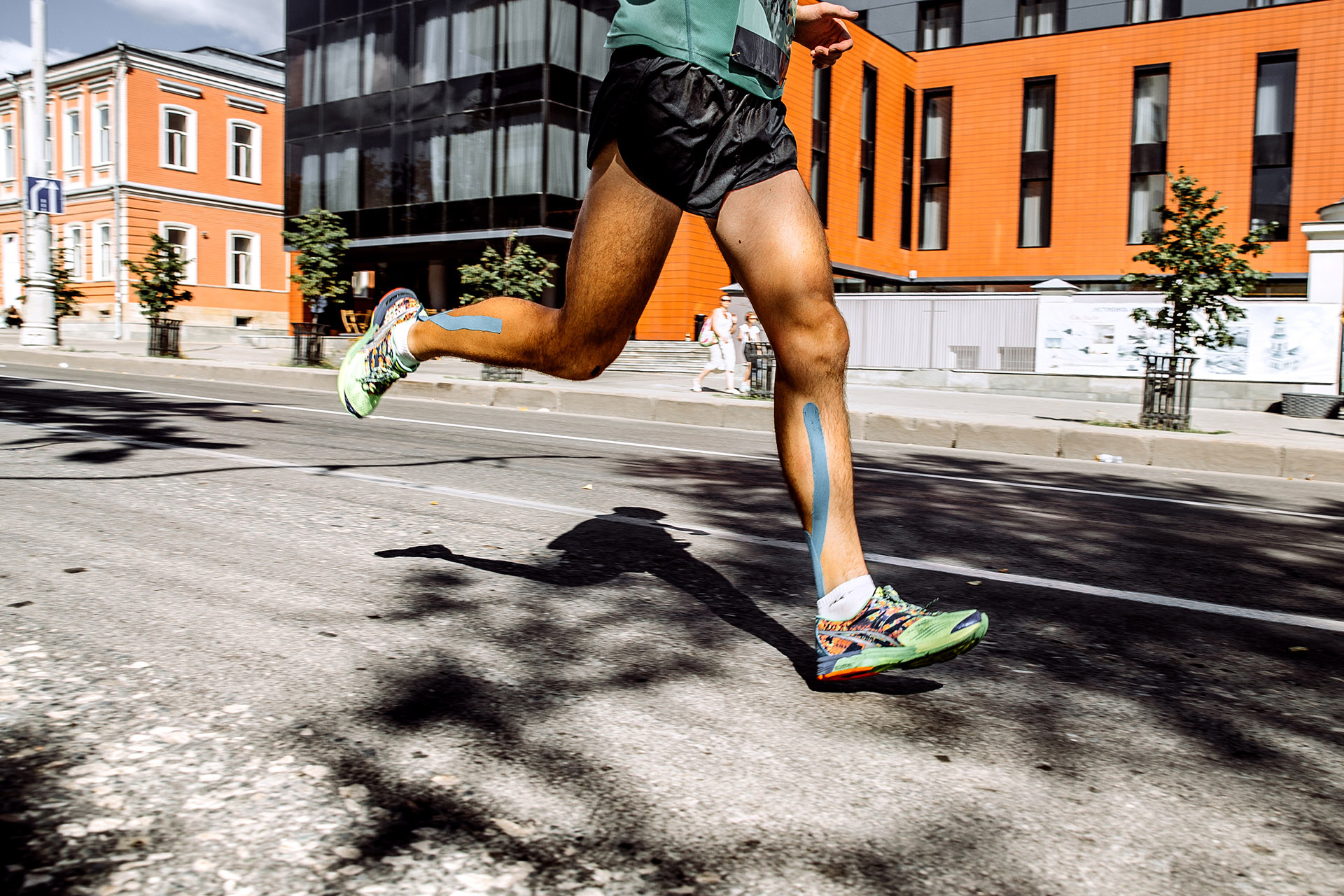
Recognising the Signs and Symptoms
For some, Morton’s toe may cause no further complications. However, people with Morton’s toe who engage in activities such as running, dancing, or spend extended periods on their feet may start to notice discomfort. Frequently, Morton’s toe pain is the result of a secondary condition and not the result of the toe’s length itself. Either way, a range of symptoms may necessitate treatment or intervention. These may include:
- Pain beneath the second metatarsal head, especially after prolonged activity
- Calluses or hard skin forming under the second toe joint
- A sense of imbalance or instability while walking, especially for those with Morton’s toe on one foot only.
- Secondary issues such as plantar fasciitis, bunions, or even knee, hip and lower back pain due to compensatory changes in gait
If you’re experiencing any discomfort, it’s important that you see a podiatrist who can conduct a detailed assessment to understand the source of your foot pain. This is especially critical for people with Morton’s toe as your podiatrist can determine the precise cause of your pain and whether it comes from other forefoot conditions, such as Morton’s neuroma or metatarsalgia.
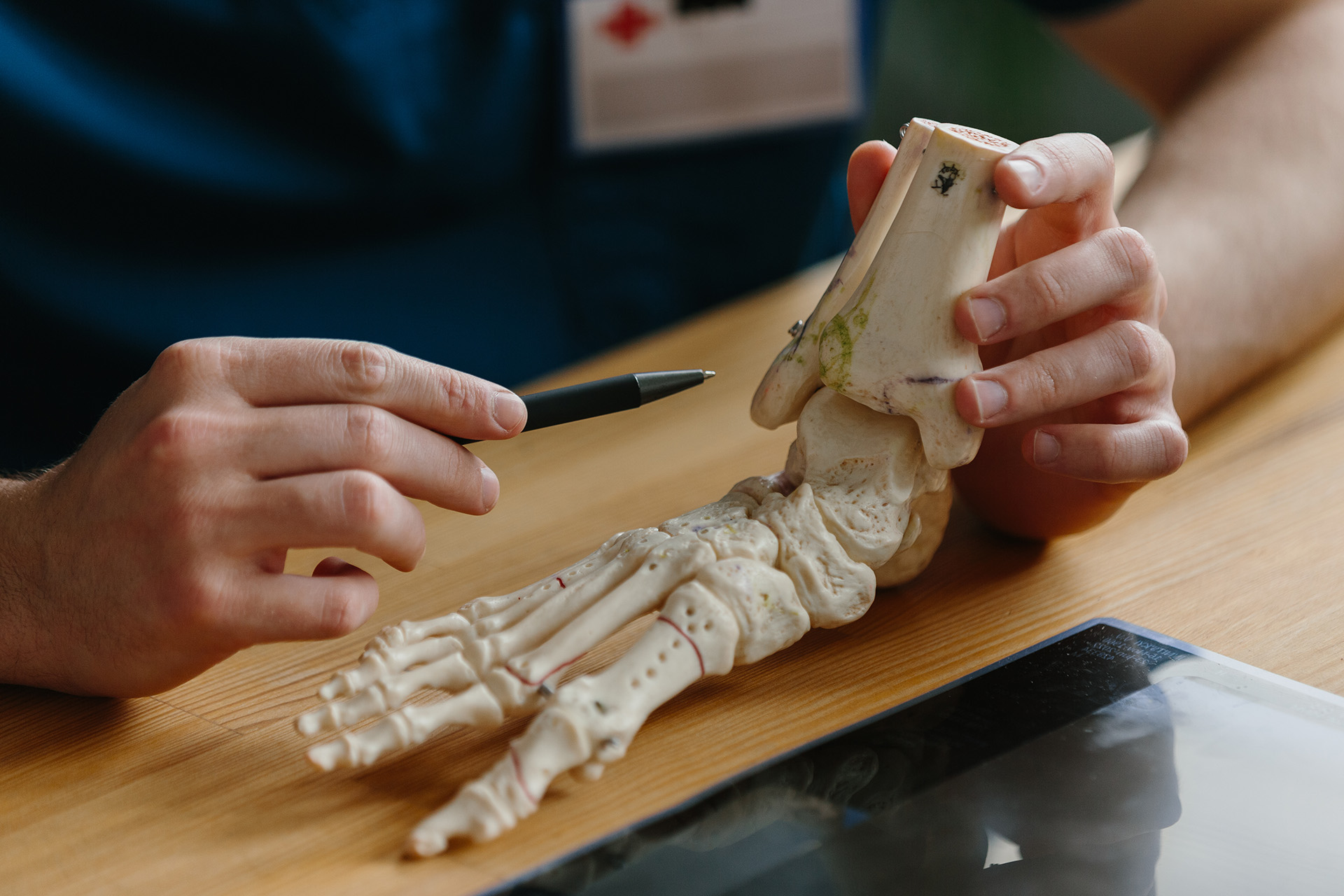
Associated Foot Conditions: What Else Can Be Affected?
People with Morton’s toe often find that it’s not just the second toe; other parts of the foot can also be affected. The increased pressure on the ball of the foot and the second toe can lead to calluses, corns and even ingrown toenails. Over time, this extra stress may contribute to the development of neuromas, such as Morton’s neuroma, which is a thickening of nerve tissue between the toes that causes sharp, burning pain in the ball of the foot. In severe cases of Morton’s neuroma, a podiatrist may recommend Morton’s toe surgery to excise the thickened nerve.
Other foot conditions commonly associated with Morton’s toe include hammertoes, bunions and plantar fasciitis, all of which can cause discomfort and impact your ability to be active. If you experience persistent pain, numbness, or other symptoms in your feet or toes, it’s essential to consult a podiatrist.
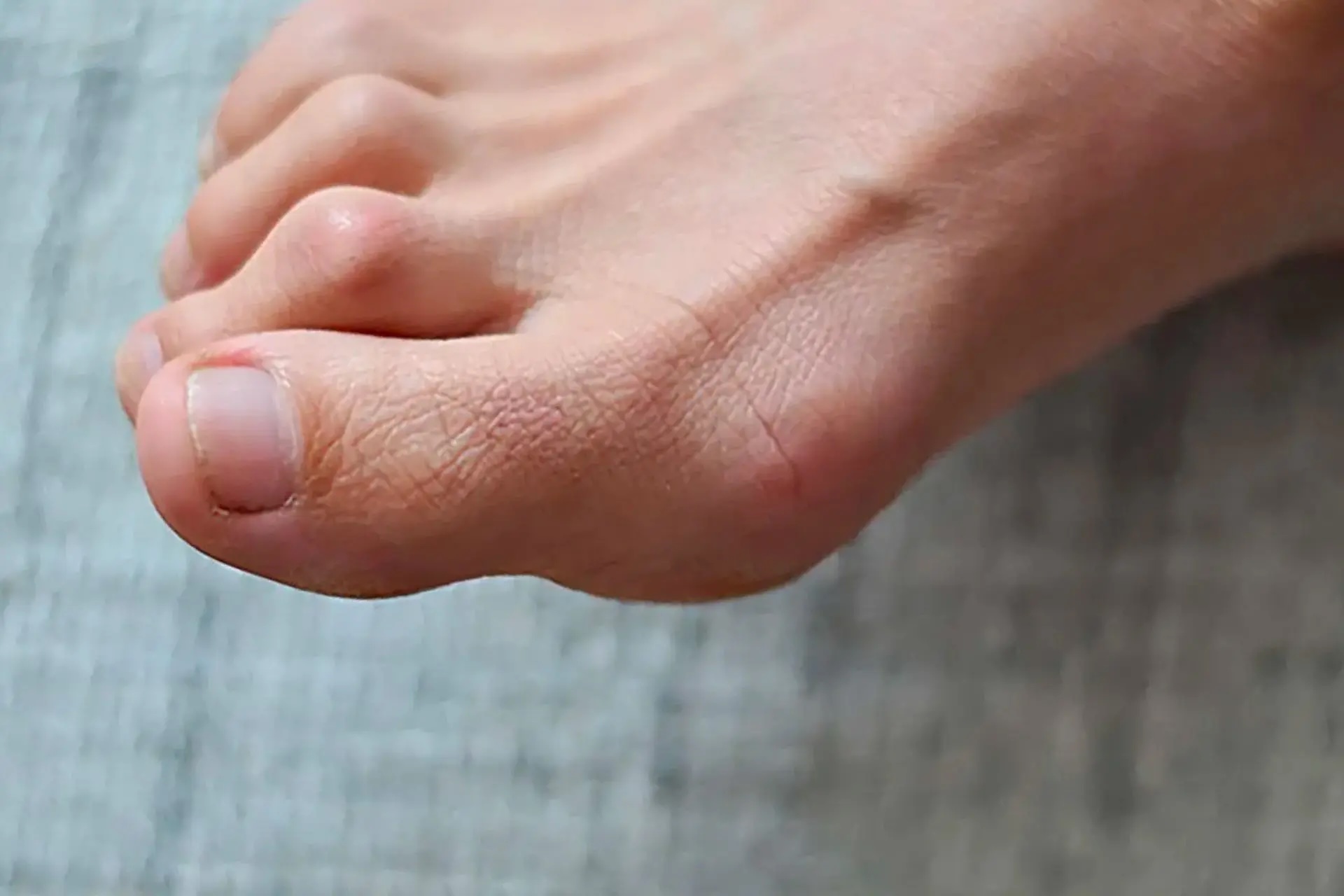
Biomechanics and the Domino Effect
The big Morton’s toe myth is that it does not affect your body whatsoever. Importantly, it disrupts the body’s natural alignment. The first metatarsal plays a substantial role in propulsion and balance. When the big toe is functionally short, the foot compensates by shifting pressure forward and medially, which affects the stride and posture.
This shift can affect the entire kinetic chain. Over time, overloading of the second metatarsal head can lead to inflammation and pain. Gait patterns may subtly change, resulting in stress that extends up through the ankle, knee and even the lumbar spine. It’s not uncommon for people with Morton’s toe to suffer recurrent running injuries, unexplained hip tightness or lower back fatigue without ever suspecting the foot is the cause.
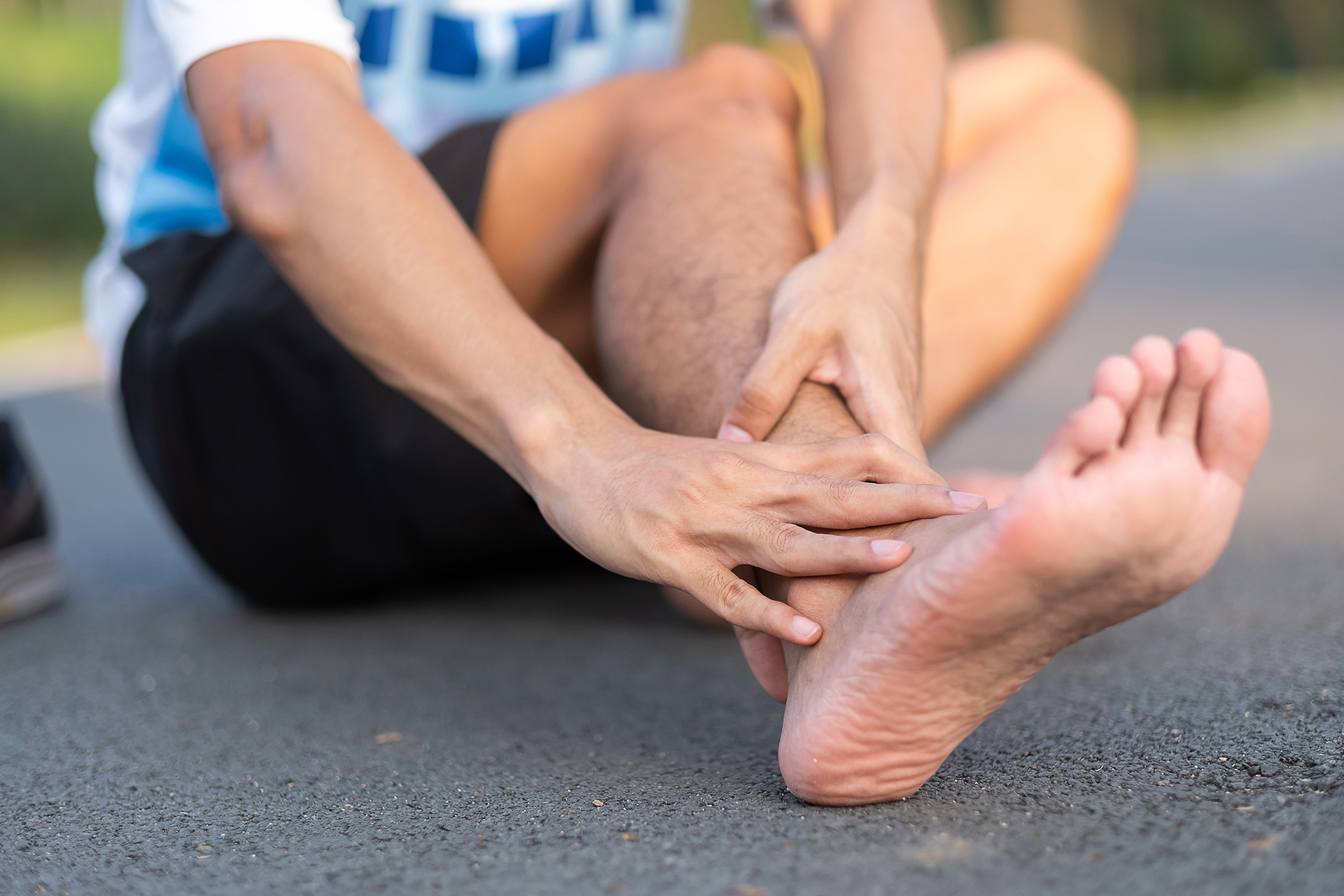
Podiatric Assessment with RehaWalk
At The Foot Practice, we begin by understanding the patient’s history, symptoms and activity levels. A hallmark of our comprehensive evaluation is gait analysis using the RehaWalk® pressure sensor treadmill. This advanced diagnostic tool captures real-time data on how pressure is distributed during walking or running and precisely pinpoints how your Morton’s toe affects your gait mechanics. This goes beyond visual examination. It provides measurable data on imbalances, joint loading and foot propulsion, all of which are essential for a precise and personalised treatment plan.
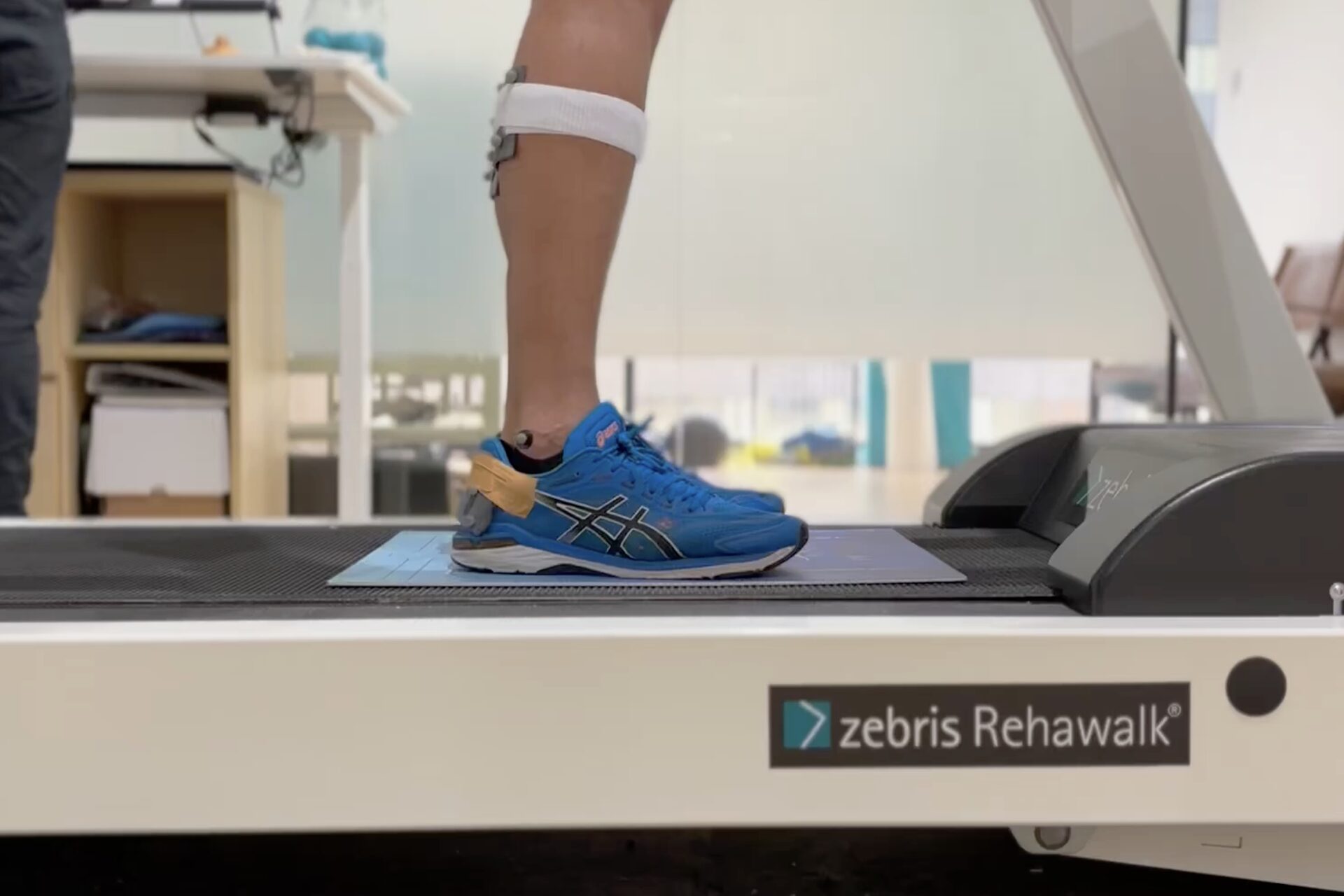
Custom Orthoses Support the Foot Where It Needs It Most
One of the most effective long-term solutions for Morton’s toe is custom orthoses. These medical-grade insoles redistribute pressure away from the second metatarsal head, realign the foot, and absorb shock. This can help reduce all the negative impacts, making Morton’s toe orthotics a key part of any intervention strategy.
Unlike off-the-shelf inserts, custom orthoses are made to the individual shape of your foot, taking into account gait and biomechanical deficiencies. For Morton’s toe, this often involves a metatarsal pad or dome to offload stress and support proper propulsion through the big toe. The result? Less pain, greater stability, and increased endurance.
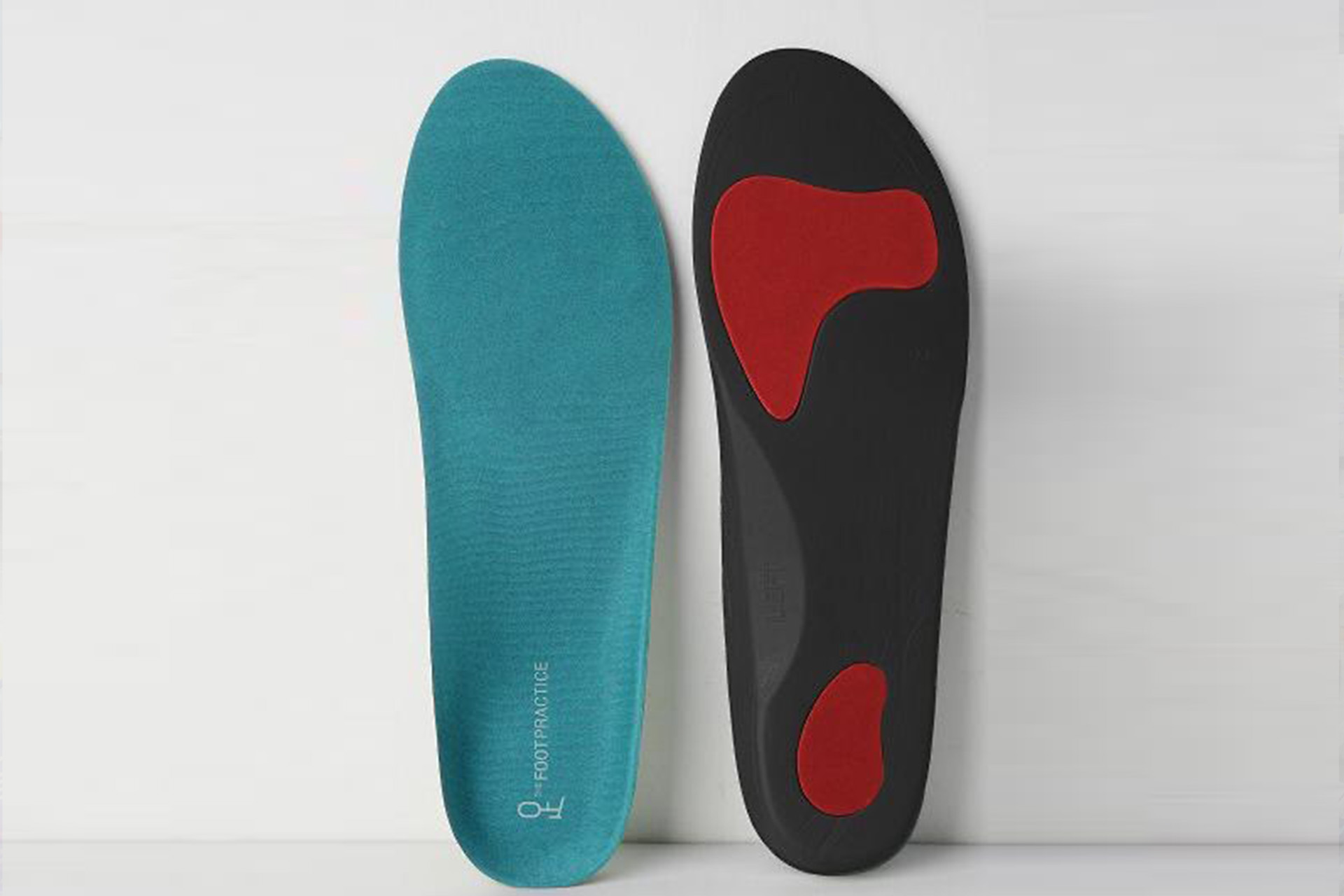
Getting the Right Footwear Fit
Footwear plays a big role in both the prevention and management of Morton’s toe symptoms. Shoes with a wide toe box, low heel drop, and good arch support reduce forefoot pressure, allowing for natural toe splay.
We see patients who wear fashionable but structurally unsound shoes, characterised by narrow fronts, inflexible soles, and insufficient cushioning. Over time, these choices exacerbate problems of Morton’s toe and contribute to further imbalance. In some cases, modifying lacing patterns or adding forefoot inserts can be beneficial. However, changing your footwear based on a podiatrist’s recommendations is always best after a comprehensive biomechanical examination has been conducted.
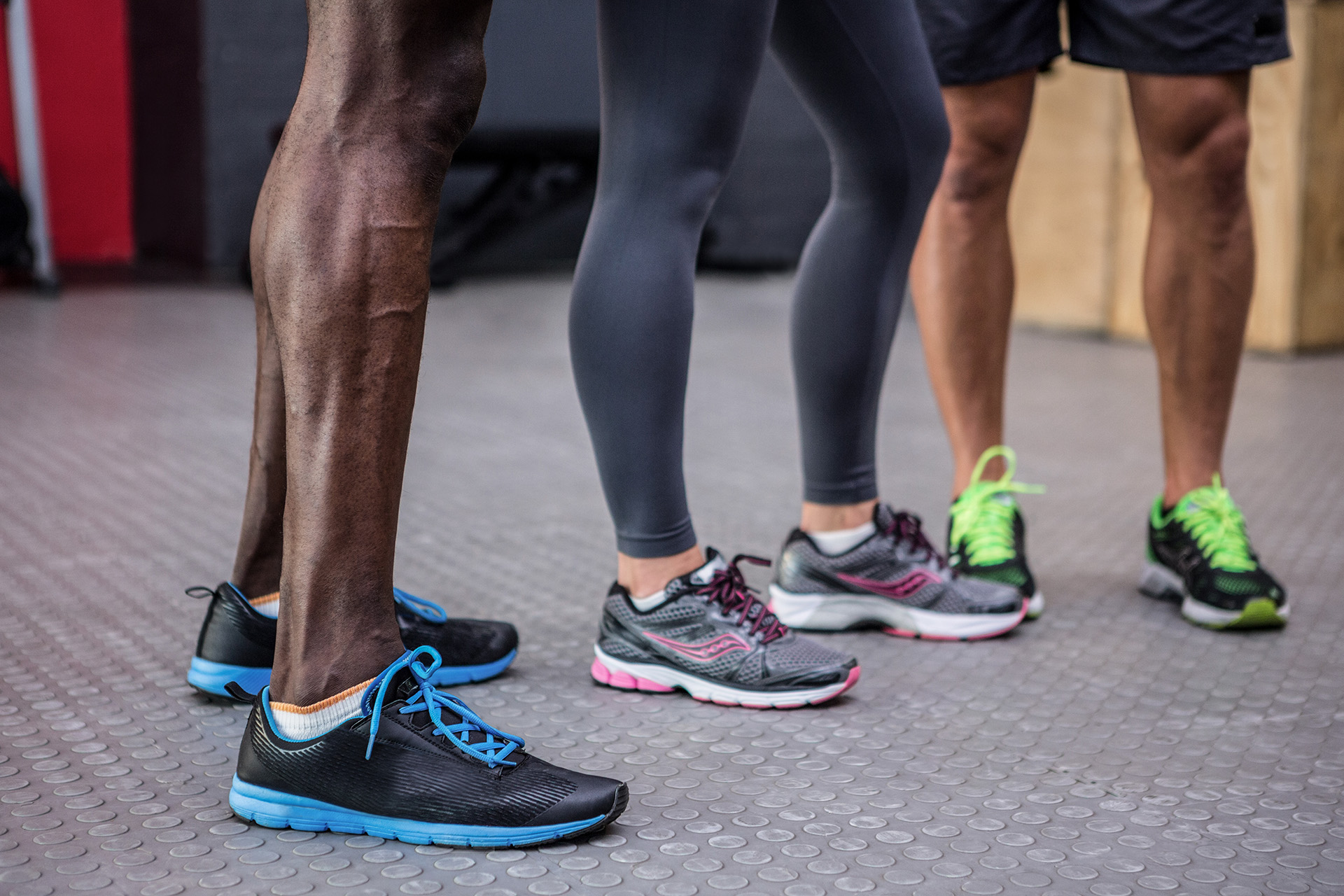
Morton’s Toe Taping and Physiotherapy Techniques
For acute flare-ups or during transitional periods, such as breaking in new orthoses, taping techniques can provide temporary relief for people with Morton’s toe pain. By supporting the first ray (the metatarsal and big toe), taping encourages a natural load distribution and helps train the foot to function in a corrected alignment.
When combined with physiotherapy, taping can be a helpful adjunct. Strengthening intrinsic foot muscles and improving calf and hamstring flexibility can enhance stability and reduce the risk of recurrence.
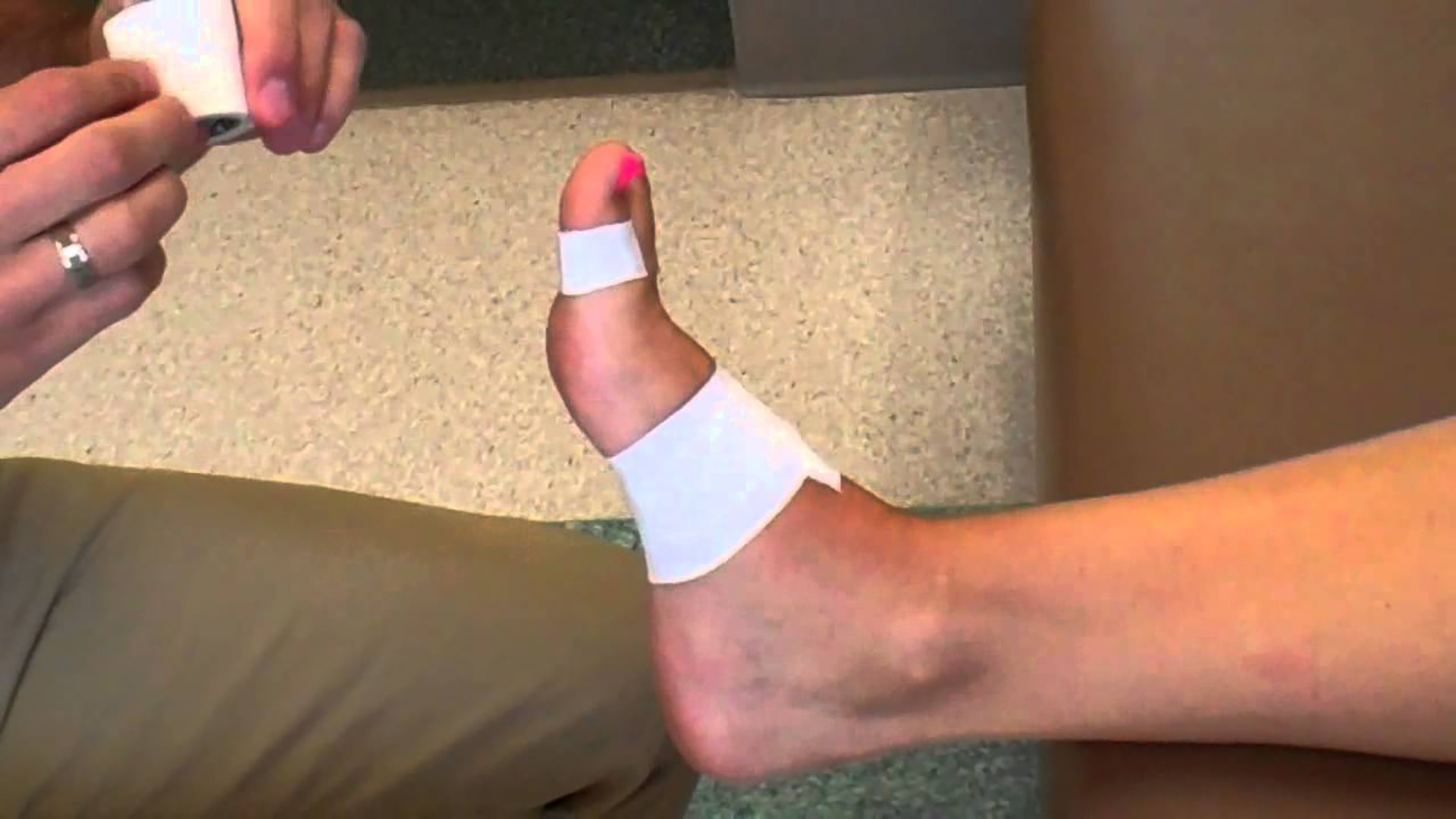
A Holistic, Individualised Approach
What sets The Foot Practice apart is our integrative approach to care. Morton’s toe is rarely an isolated issue. It’s part of a bigger picture involving biomechanics, posture, activity patterns and even footwear habits.
The Foot Practice’s care model doesn’t stop at diagnosis. We guide patients through a continuum of care from diagnostic gait analysis and custom orthoses to footwear education and physiotherapy. Every intervention complements the next to create a synergy that supports both symptom relief and long-term prevention.
If you’ve got persistent forefoot pain, unexplained gait changes or recurring lower limb aches that don’t respond to rest, it’s time to see a podiatrist. Contact The Foot Practice today to book a consultation.

